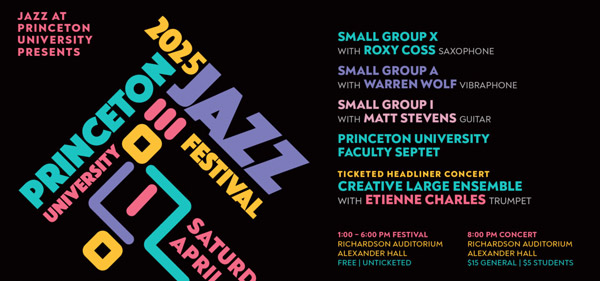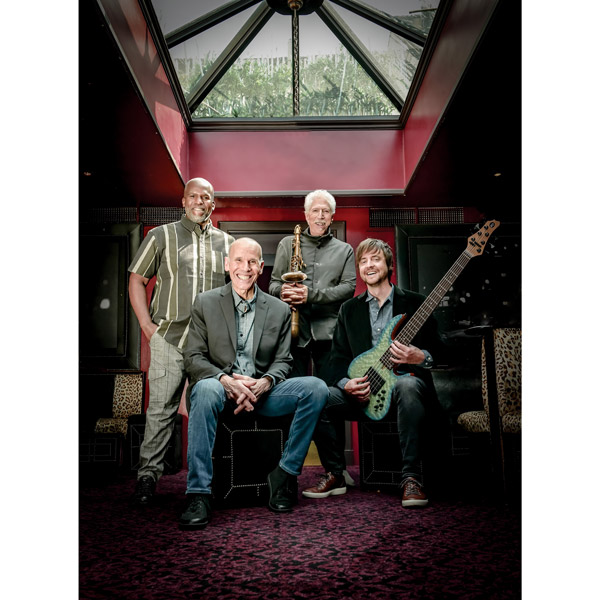Steely Dan: The Absolutely Normal Tour 2021 – The Royal Scam
Wednesday, November 03, 2021 @ 8:00pm

Mayo Performing Arts Center

Steely Dan will perform a four-night residency at MPAC! Each night the band will perform from a different classic album: The Royal Scam (Nov. 3); Gaucho (Nov. 4), selected hits from Northeast Corridor: Steely Dan Live!, their soon to be released greatest hits live album (Nov. 6), and Aja (Nov. 7)
Once upon a time, there were two boomers, Donald and Walter, who both grew up in slightly different parts of the Greater New York Metropolitan Area. That being said, the neighborhoods they were from should not be confused with the Manhattan of Broadway shows, Wall Street, Greenwich Village and Harlem. The streets of their youth, though just a few miles from these wonders, were for the most part, placid and suburban.
Nevertheless, like many folks back then, they were afflicted with a needling agitation just below the surface of everyday reality. This was, at least in part, because of the Cold War and the constant, looming threat of a global, nuclear holocaust.
Unlike many schoolboys of their place and time – the late 1950s and early 1960s – Donald and Walter liked to read literary novels and listen to jazz records. Sports, not so much. On the other hand, like many American boys of their time, they had a healthy enthusiasm for baseball, baseball players and Topps bubble gum, the gum that came with baseball cards in each package: Flip ‘em, scale ‘em. trade ‘em, collect ‘em.
Music, though, was the thing. Before they were out of high school, Donald had taught himself jazz piano and Walter had become adept at both bass and guitar.
After meeting as students at Bard College in upstate New York, they began writing songs together on the piano in the common room of Walter’s dormitory. By then, in addition to jazz music, they had independently become enamoured of Chicago blues, soul music and, to an extent, the vibrant subculture that embraced the British Invasion, Bob Dylan and, as the Coen brothers have put it, the “new freedoms”. All these things, plus, for good or ill, a natural, shared drollery, were already apparent in their music and lyrics.
When classmate Terence (Boona) Boylan scored an album contract with Columbia Records, he asked the boys to join his session band at Jerry Ragovoy’s midtown Manhattan studio, the Hit Factory, where they got to work with the legendary drummer Herb Lovelle and listen to the “Ragman” tell funny stories about his life in the music business.
In 1968, the duo found cheap digs in pre-gentrification Brooklyn, on President Street in Park Slope, where they sat around on ancient, shabby couches and plotted their assault on the music business. Amazingly, they soon got a gig touring as part of the backup band for early sixties hitmakers Jay and the Americans. The group had a production company, whatever that is, in the famous Brill Building, a once vibrant hive of songwriting talent that had now transitioned into a skeevy, decadent phase. Working with the group on the road and in the studio, the boys got to hear Jay and the fellows tell some even raunchier, funnier stories about the music business and also meet some actual gangsters.
One of the Americans, Kenny Vance, managed to place one of their tunes on a Barbara Streisand album that featured songs by the new, groovy generation of writers. Donald and Walter also played sessions for Vance’s Brooklyn crony Gary Katz. By the early seventies, they had worked with many top NYC session pros including drummer Buddy Saltzman, bassist Chuck Rainey, pianists Paul Griffin and Artie Butler, and guitarists Elliot Randall, Dom Troiano, Ricky Zehringer (later Derringer) and Jeff “Skunk” Baxter. The boys had come a long way from lower middle class suburbia to an even lower, hustler-class existence in the now extinct and forgotten commercial studio culture of midtown.
In 1971, with the city degenerating into a vile Gomorrah of debt and porn, the lads relocated to sunny Los Angeles where Gary Katz, now an A&R man for ABC/Dunhill Records, had secured them a sweet though under-paid job as staff songwriters for the label, one of the last to employ house writers to develop material for the artists on the roster. At that time, ABC was concentrating on “singles acts” aimed at the pre-teen and teen markets with artists such as Tommy Roe, The Grass Roots and Hamilton, Joe Frank and Reynolds. Officially tasked with writing pop tunes for these artists, Donald and Walter secretly began to the assemble a band to act as a vehicle for their “special material”. With Katz’s help, they began to import players from the east coast.
Early in 1972, the original Steely Dan group – guitarist Denny Dias, guitarist Jeff Baxter, drummer Jim Hodder, and with Donald and Walter on keyboards and bass respectively – started rehearsing in an unfinished wing of the ABC building. Several weeks later, the group began recording their first album at Village Recorders in West Hollywood with engineer Roger Nichols, whose previous job was as a “pile walker” at the San Onofre Nuclear Generating Station. After being informed that ABC expected the group to tour extensively upon the album’s completion, Donald, whose intermittent panic disorder precluded him from fronting a band at that time, insisted on finding another singer/frontman, and David Palmer was added to the group.
Can’t Buy A Thrill, released that November, hit right out of the box, yielding two hit singles, “Do It Again” and “Reelin’ In The Years”, which featured a notable solo by guest guitarist Elliot Randall. A third single, “Dirty Work”, with a vocal by David Palmer, also got a lot of airplay. Steely Dan was on its way to fame and, after a few more years of penury and forced servitude, fortune.
Steely Dan toured behind Can’t Buy A Thrill and the following two albums, Countdown to Ecstasy and Pretzel Logic, both in the States and Britain. The band, now with Donald as the lead vocalist, expanded to include second drummer Jeff Porcaro, keyboardist/vocalist Michael McDonald and percussionist/vocalist Royce Jones. They were actually starting to sound pretty good.
Nevertheless, by 1974, Donald and Walter decided they’d had enough of watching the more aggressive, dipsomaniacal band members lure intoxicated young ladies up to their motel rooms apres show, and enough of the road in general for the time being. They made a decision to retreat to the studio to concentrate on composing and recording. Naturally, the other band members wanted to work, and so departed for greener pastures.
Donald and Walter, who had already started adding studio players on the Pretzel Logic sessions, began to write with certain musicians in mind. Over the next five years, four more albums were released: Katy Lied (’75), The Royal Scam (’76), Aja (’77) and Gaucho (’80). This last was completed after the boys, now heart-sick and drained by the shallow excesses of Tinsel Town, moved back home to New York City.
Sadly, the harsh vicissitudes of the artist’s life had already taken its toll, and the boys decided to part ways. Walter moved to the island of Maui and became, in his words, “a gentleman avocado rancher and self-styled critic of the contemporary scene”. Donald wrote and recorded his first solo album, The Nightfly (1982), which was a critical and popular hit. Then, he more or less cracked up.
But not for long. During the ‘80s, Donald worked on a variety of projects. He wrote tunes for artists including Diana Ross, the Yellowjackets, the Manhattan Transfer and Jennifer Warnes; co-produced the soundtrack album for Bob Telson’s off-Broadway musical The Gospel At Colonus (1988); and composed, along with Rob Mounsey, the score for the film Bright Lights Big City (1988). He also began writing essays for various publications, including a regular column on film music for Premiere Magazine.
Meanwhile, Walter produced albums for the China Crisis, Rickie Lee Jones (The Horses, 1989) and a number of jazz artists including Bob Sheppard, John Beasley, Andy Laverne, Jeff Beale, Marty Krystall, The Lost Tribe, LeeAnn Ledgerwood, and Dave Kikoski.
In early 1991, Donald and his future wife Libby Titus created the New York Rock & Soul Revue, featuring a revolving group of artists including Charles Brown, Phoebe Snow, Chuck Jackson, Boz Scaggs, Cindy Lauper, Bob Dorough, Annie Ross, Michael McDonald and Rascals alumni Eddie & David Brigati. Walter, who had reunited with Donald in 1986, came along for the ’92 tour. He also produced, and performed on, Donald’s second solo album, Kamakiriad (1993), after which the boys went on tour with an all new, fabulous Steely Dan group featuring drummer Peter Erskine, bassist Tom Barney, guitarist Drew Zingg, pianist Warren Bernhardt, vibraphonist Bill Ware and an all-star horn section. A career retrospective boxed set entitled Citizen Steely Dan was released that Christmas.
After the band completed a tour of Japan in ’94, Walter recorded his first solo album at his newly built studio, Hyperbolic Sound, on the slopes of Mt. Haleakala in Maui. Co-produced by Donald, 11 Tracks Of Whack was released in ‘94. The following year, a live album, Steely Dan: Alive In America, was released.
Now one of the top international touring bands, Steely Dan’s first new album in twenty years was highly anticipated. 2001 was a banner year for the boys. Two Against Nature won four Grammys including the award for Album of the Year, a decision that apparently cheesed off some of the younger nominees. Then, in March, Steely Dan was inducted into the Rock and Roll Hall of Fame. Obviously. sending a case of gourmet honey-mustard to Hall of Fame founder Jann Wenner had paid off in spades. Finally, in May, Donald and Walter received honorary doctorates from the Berklee College of music.
The album Everything Must Go was released in 2003, followed by a triumphant American tour. The band now boasted an all-star lineup: Keith Carlock on drums; “Ready” Freddie Washington on bass; Jim Beard, keyboards; Jon Herington, guitar; Walt Weiskopf and Roger Rosenberg, saxes; Michael Leonhart, trumpet; Jim Pugh, trombone; and vocalists Carolyn Leonhart, Catherine Russell, LaTanya Hall and Cindy Mizelle.
In between Steely Dan tours, Donald toured with his old Rock & Soul mates Michael McDonald and Boz Scaggs in a “supergroup” they called the Dukes of September. His solo albums Morph the Cat (2006) and Sunken Condos (2012) were both released to critical acclaim, as was Walter’s second solo effort, Circus Money, in 2008.
Now concentrating on live appearances, the band began to offer evenings that featured performances of entire albums. Countdown to Ecstasy, The Royal Scam, Aja and Gaucho were each performed live, often at the band’s annual appearances at the Beacon Theater in New York, always fan favorites. Loyal to their roots in jazz, Walter and Donald made it a point to present major jazz artists as openers. Featured players have included Jimmy Cobb, Bill Charlap, Chris Potter, Sam Yahel, Julian Lage, Joey DeFrancesco, Joe Lovano, Peter Bernstein, Mike LeDonne, Bobby Broom and the Deep Blue Organ Trio.
Recent partners on major tours have included Steve Winwood, Elvis Costello and the Imposters, The Eagles and the Doobie Brothers. In 2016, Donald toured with a quintet of terrific young musicians as Donald Fagen and the Nightflyers.
For information on how your event can be listed, click here
Advertise with New Jersey Stage for $50-$100 per month,
click here for info
FEATURED EVENTS
or region of New Jersey
click here for our advanced search.

McDonald’s Gospelfest 2025
Saturday, April 05, 2025 @ 7:30pmUnion County Performing Arts Center (UCPAC) - Main Stage
1601 Irving Street, Rahway, NJ 07065
category: music
Click here for full event listing

Stoned Soul Picnic: Joni, Carole, Laura
Saturday, April 05, 2025 @ 7:00pmGrunin Center - Studio Theater
1 College Drive, Toms River, NJ 08754
category: music
Click here for full event listing

The Nighthawks
Saturday, April 05, 2025 @ 7:30pmLizzie Rose Music Room
217 E. Main Street, Tuckerton, NJ 08087
category: music
Click here for full event listing

Stomp
Saturday, April 05, 2025 @ 8:00pmMayo Performing Arts Center (MPAC)
100 South Street, Morristown, NJ 07960
category: music
Click here for full event listing

Stomp
Saturday, April 05, 2025 @ 3:00pmMayo Performing Arts Center (MPAC)
100 South Street, Morristown, NJ 07960
category: music
Click here for full event listing
More events
Event Listings are available for $10 and included with our banner ad packages
Advertise with New Jersey Stage for $50-$100 per month,
click here for info
EVENT PREVIEWS
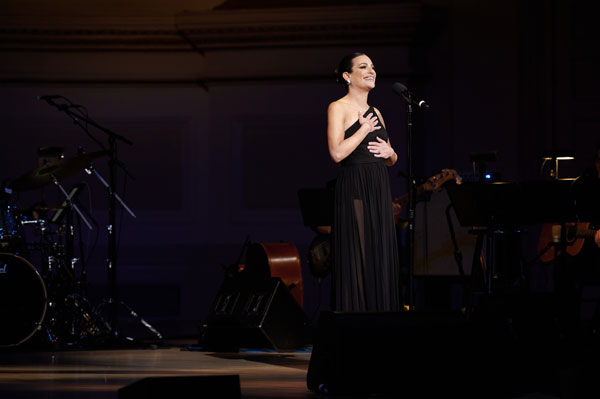
Lea Michele Adds 2nd bergenPAC Date After Immediate Sell-Out
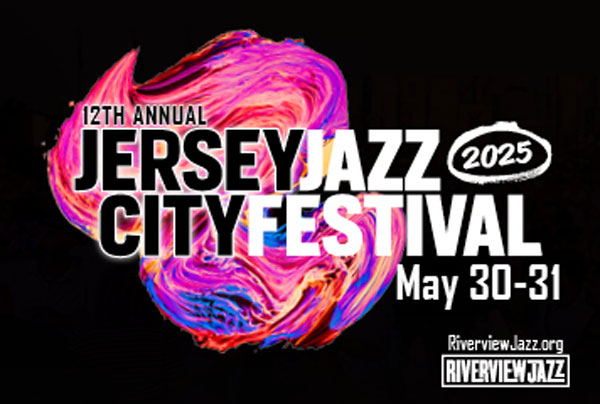
12th Annual Jersey City Jazz Festival to Take Place May 30-31
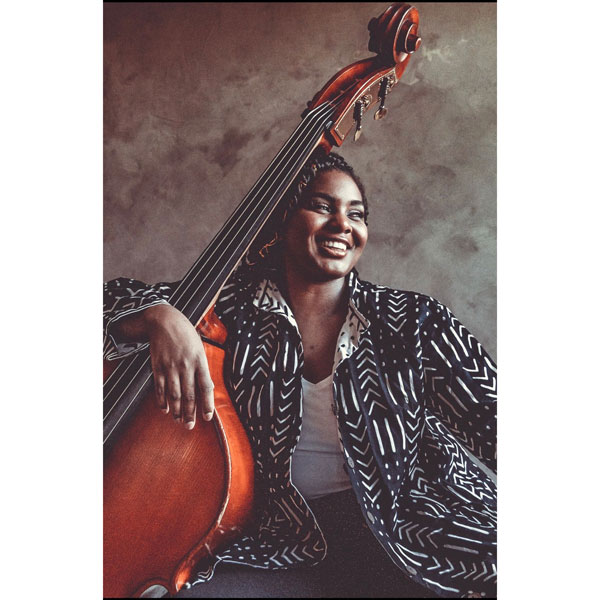
Endea Owens' Blend of 'Groove-Based' Music and Jazz Developed from Her Detroit Roots
